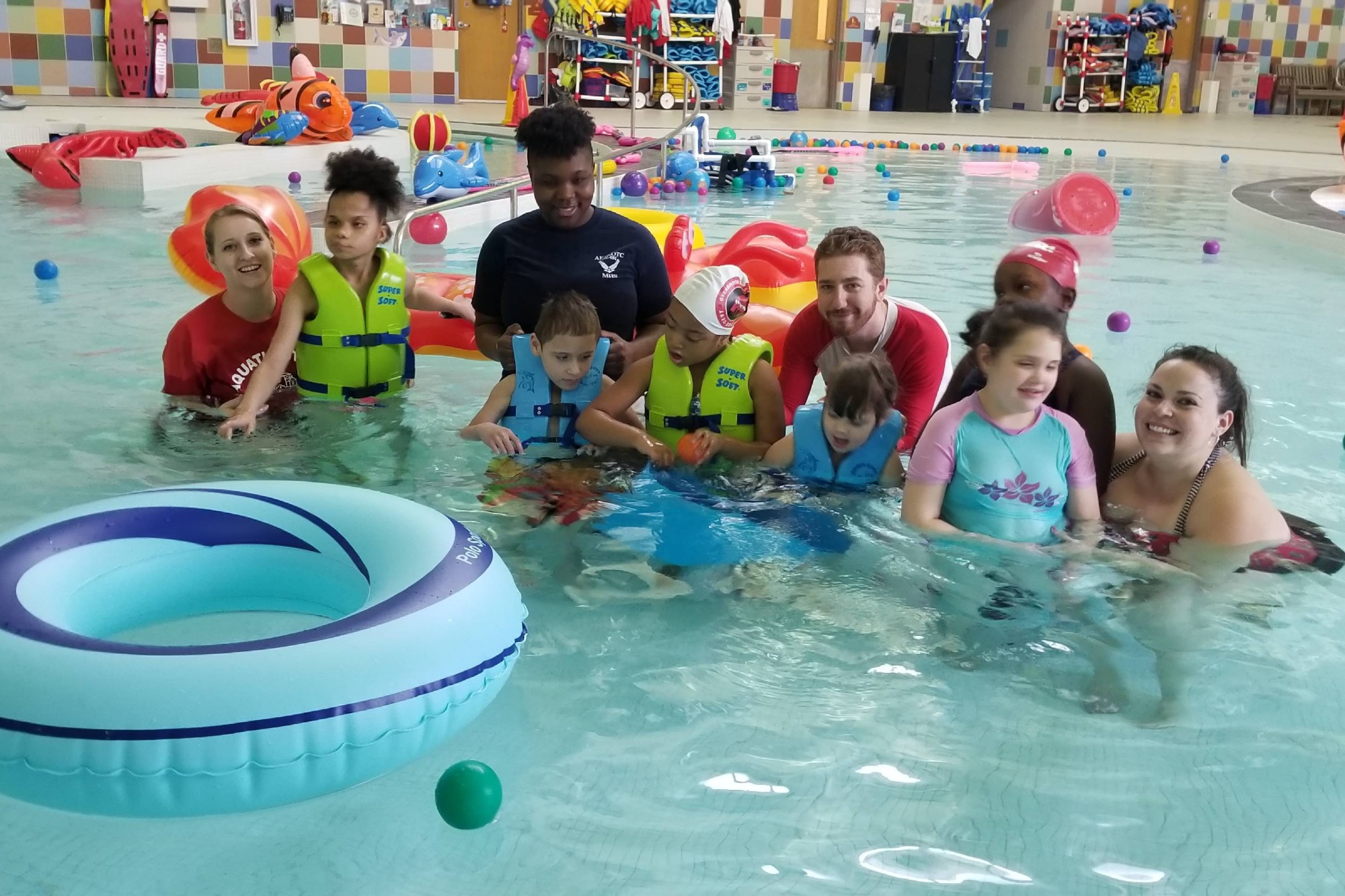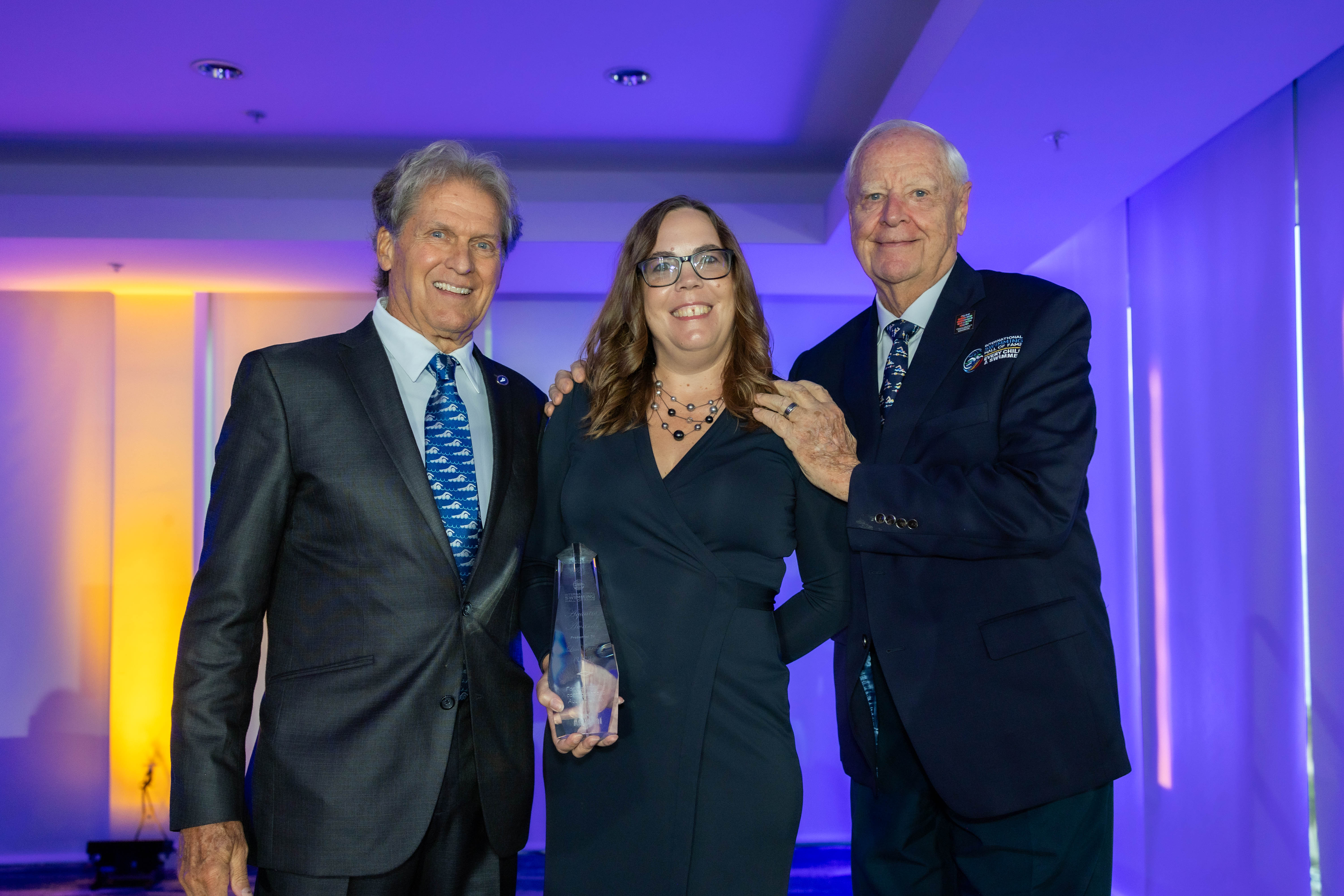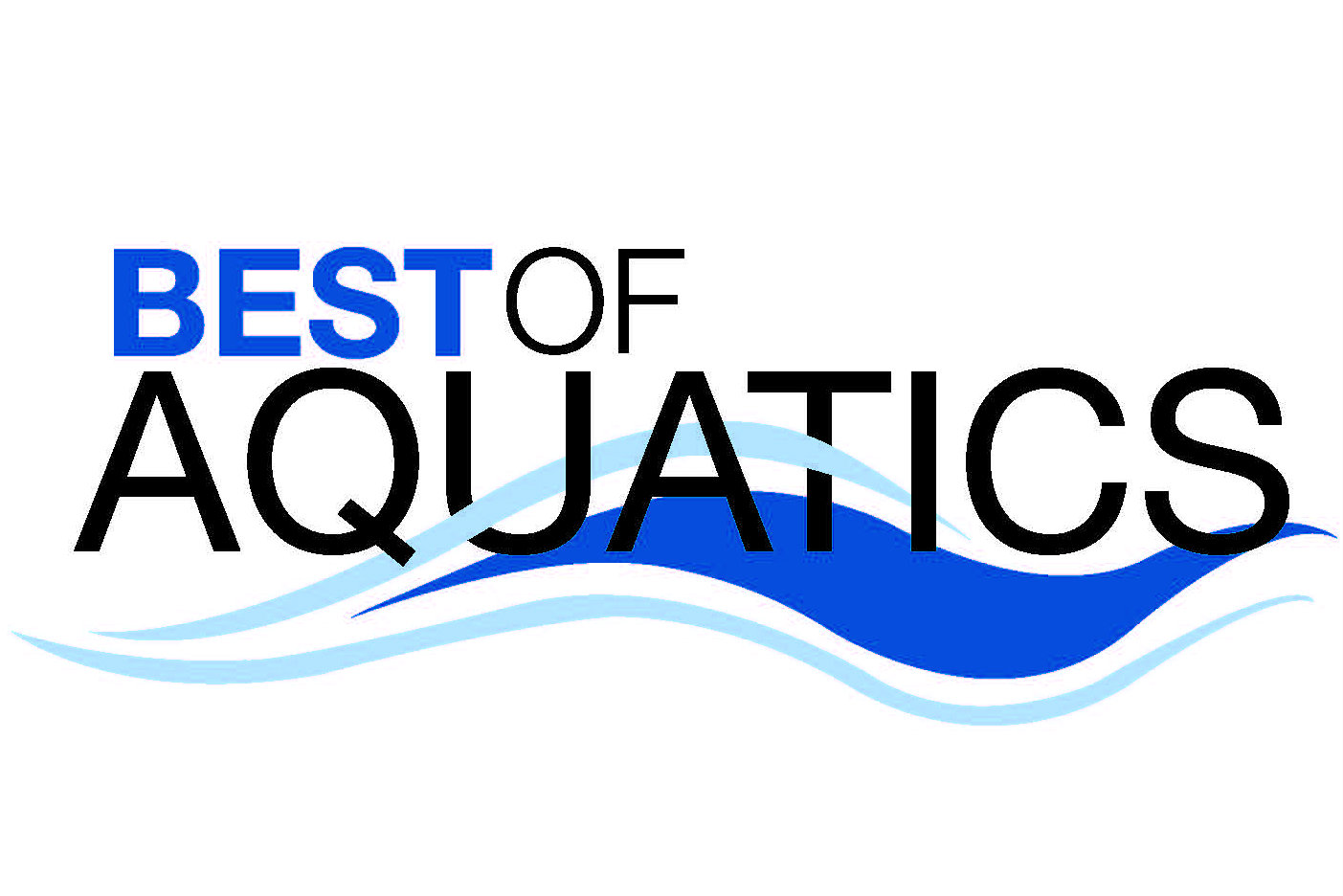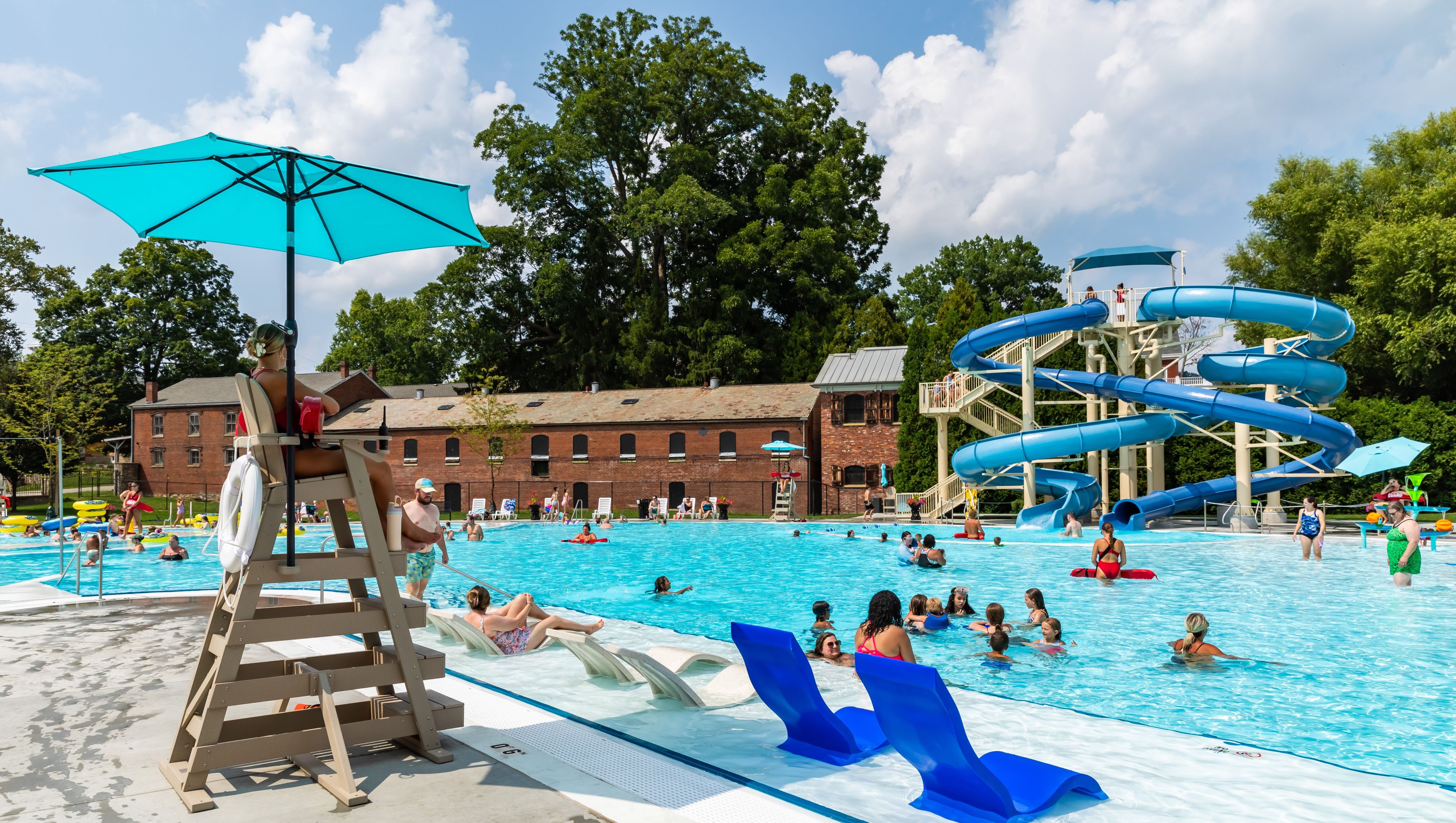Kappen Aquatic Center — Overbrook School For The Blind
Philadelphia, Pa.
The Kappen Aquatic Center is located at the Overbrook School for the Blind, a 189-year-old institution that currently serves 178 blind or visually impaired students between 3 and 21 years old.
The school is meant to open up as many options as possible for its students and prepare them to live active and fulfilling lives. “We strive for all our students to have the same opportunities that you and I would have in the world,” says Damaris Shiavi Schaeflein, Overbrook’s aquatic center coordinator. “That’s one reason for the Kappen Aquatic Center being built … Also, enriching their experiences beyond textbooks and the classroom, and to provide the opportunity for students to learn about swimming.”
Aquatics plays such an important role that students participating in swimming and water activities throughout the year. The center accommodates a wide range of water activities, including educational adapted aquatics and non-adapted instructional daily swimming classes, physical education, exercise, therapy, recreation leisure, swim team, Eastern Athletic Association for the Blind Swim tournaments, alumni and staff lap swimming, water exercise classes and play time.
The Kappen Center is designed to support that mission. The therapy/leisure/activity pool includes features for exercise, stimulation and sensory play. A looped current channel, for instance, generates resistance for various therapies or may be turned into a ‘lost river’ for tubing. A bubble couch and water jet spa provide sensory stimulation, as do a waterfall feature and multiple spray features.
A competition pool serves the school’s swim team, hosts many local tournaments and provides a setting for daily instruction.
Recently replacing a 102-year-old pool, Kappen was designed to accommodate not only visual impairments but other challenges as well, since many of the students face complex needs. Three locker rooms feature areas to park and change from motorized to ‘wet’ wheelchairs.
The competition pool has independent access to the water by stairs, step ladders, ramp access, water wheel chair, water walkers and a chair lift if needed.
Equipment also was selected specifically to help the visually impaired get around in a swimming pool. Adapt-a-tap lane markers create protrusions so swimmers can easily feel the borders of the space. Inflatable swim bumpers are used at the end of each lane to prevent swimmers from hitting their heads on the wall. With these devices in place, instructors and coaches can teach the students to circle swim so more than one person can occupy a lane, and to stay in one lane during competitions.
Surface materials were chosen to help students navigate safely through the space. Tiles of contrasting color and prominent textures help identify entry points and edges that students should not cross. Deck areas are sized to accommodate the aides as they assist their charges. Confetti-colored wall tiles provide partially sighted students with a target to assist with depth perception.
The team also had to consider the students’ sensitive hearing. On the ceiling, a special acoustic roof deck combines with sound-absorbing treatments near the top of the walls and fabric ductwork, resulting in a high level of sound attenuation.



